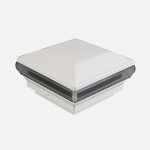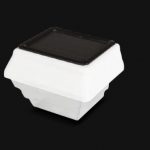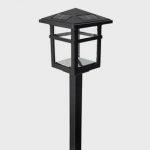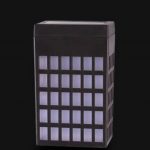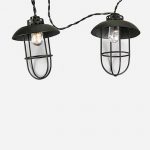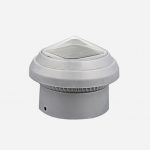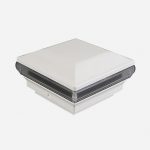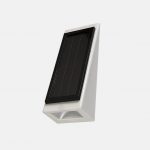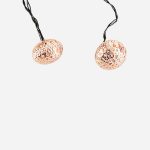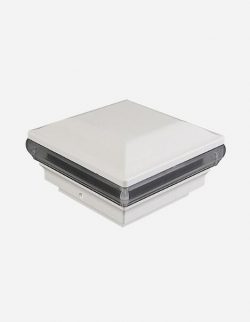Low Voltage Outdoor String Lights Manufacturers Introduces The Process Of Installing Street Lights
With the continuous improvement of the conversion efficiency of solar energy and batteries, the use of solar energy for power generation has become a reality and has been put into use in all walks of life, especially in the field of lighting, solar street lights have begun to be used on a large scale in China. Low Voltage Outdoor String Lights Manufacturers introduce what are the installation requirements for solar street lights?
The direction of solar panels should be true south.Avoid getting close to the heat source as much as possible to avoid affecting the service life of the lamp.There should be no direct light source above the solar panel. In order to avoid misidentification of the lighting control system and cause misoperation.The civil construction of the pole foundation of the solar street light must have sufficient strength, and the embedded parts must be reliable and suitable for the lamp holder.The array board should be installed in a place where there are no tall buildings, trees, telephone poles, etc. that do not block the sun and wind. When it is not possible to be unobstructed throughout the day, ensure that there is no
obstruction between 9:30-15:30 as much as possible.The design of protective grounding and lightning protection facilities should strictly abide by the “Code for Design of Building Lightning Protection”. All solar street light poles and electrical equipment should have reliable protective grounding and lightning protection facilities. After the excavation of the foundation pit, low poles below 12m should be driven into the corners of the foundation pit with 50mm x 5mm x 1500m galvanized angle steel, and the grounding resistance should be less than 10Ω. When the geological conditions are difficult to reach, it can be solved by burying the grounding body and using resistance-reducing agents.
Through the above introduction, Solar Fence Post Cap Light Suppliers hopes that you can simply refer to the content of this article in future use.

